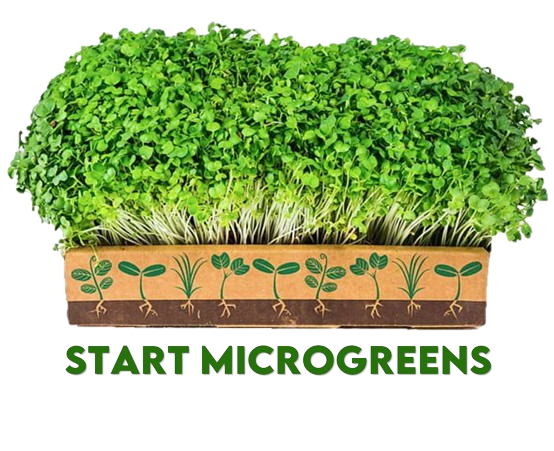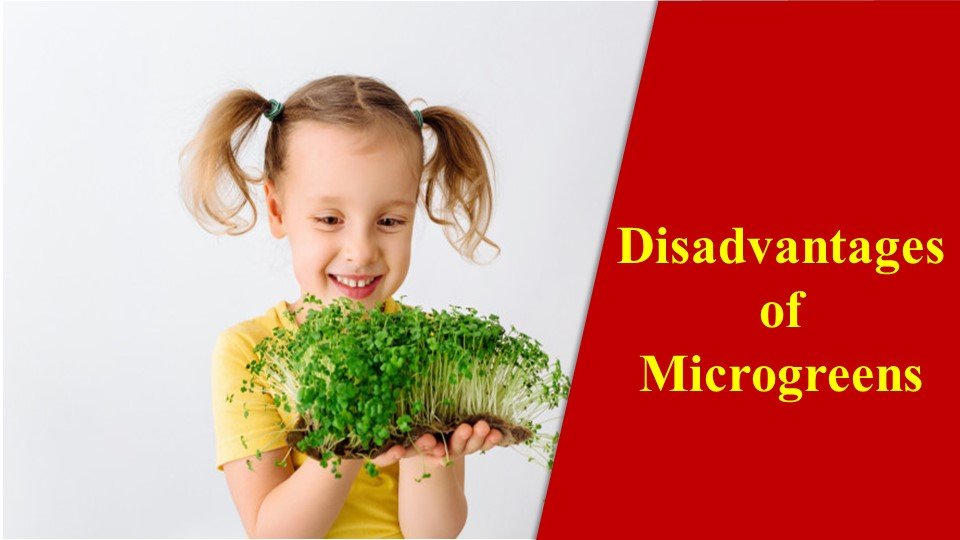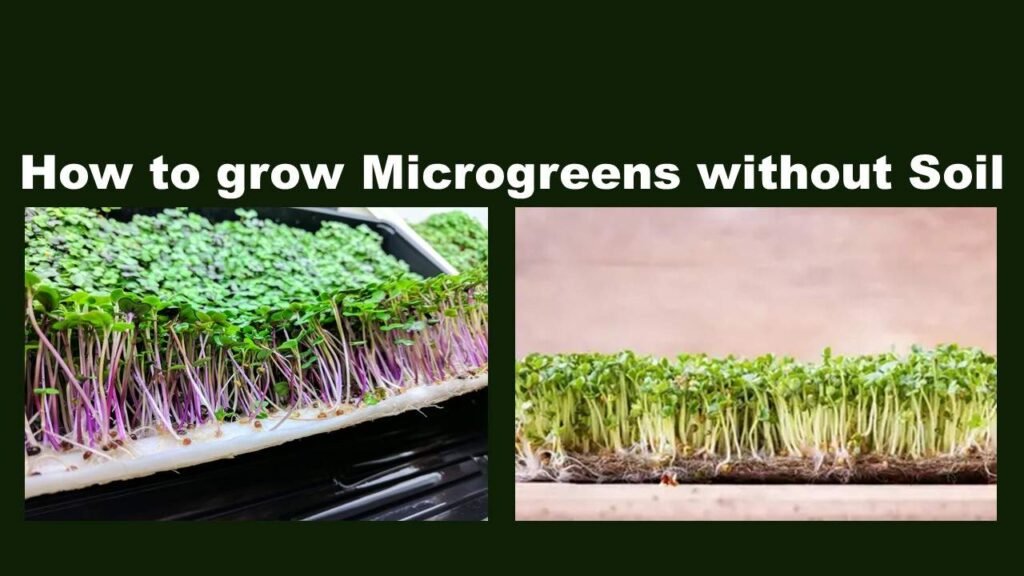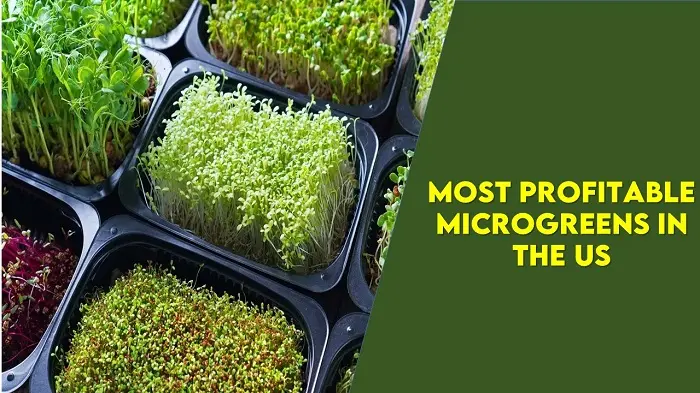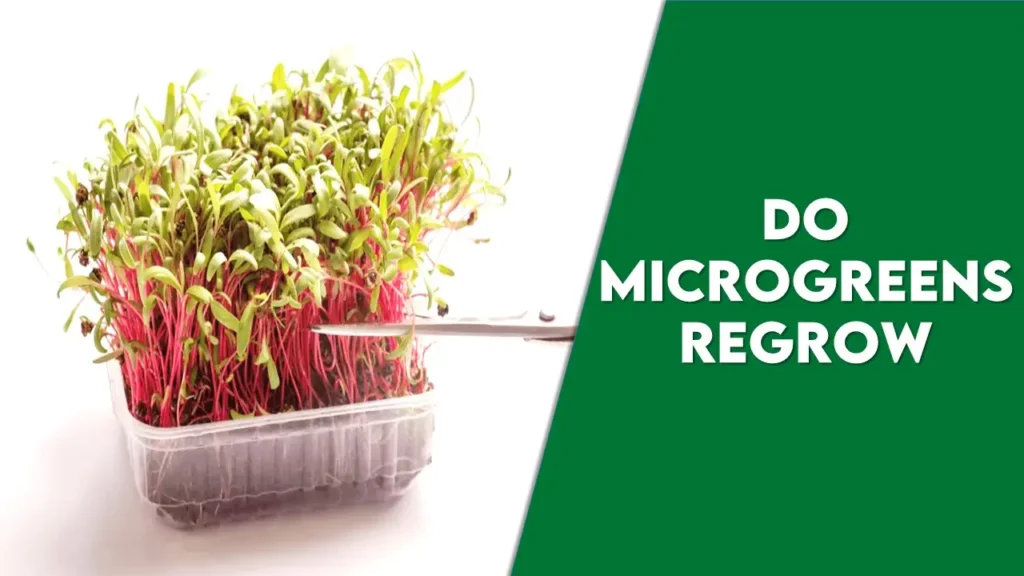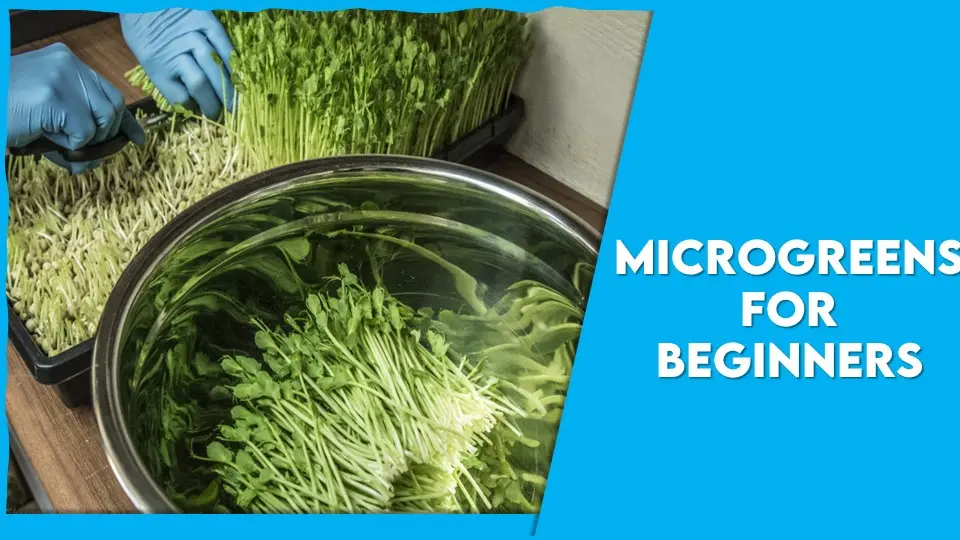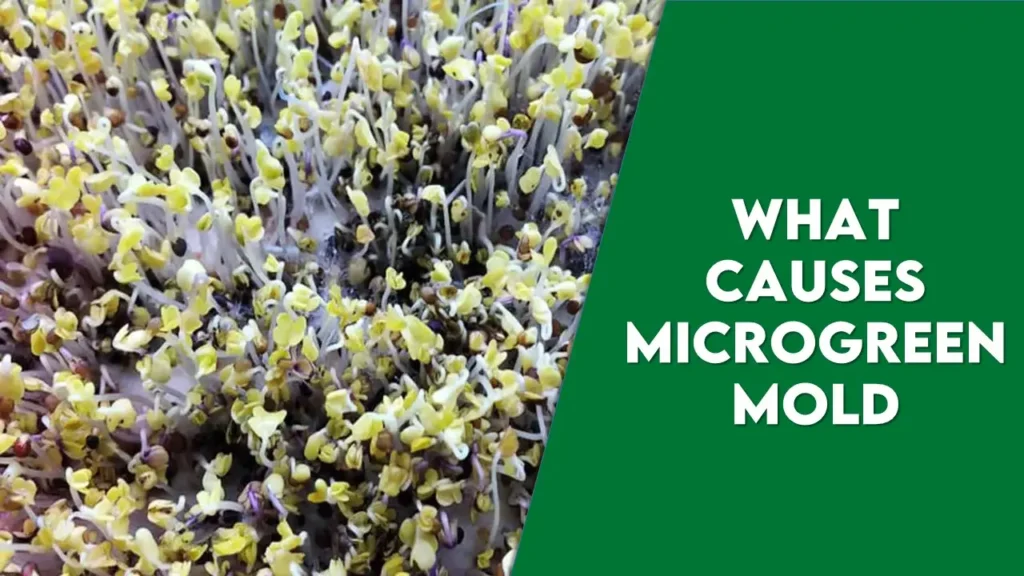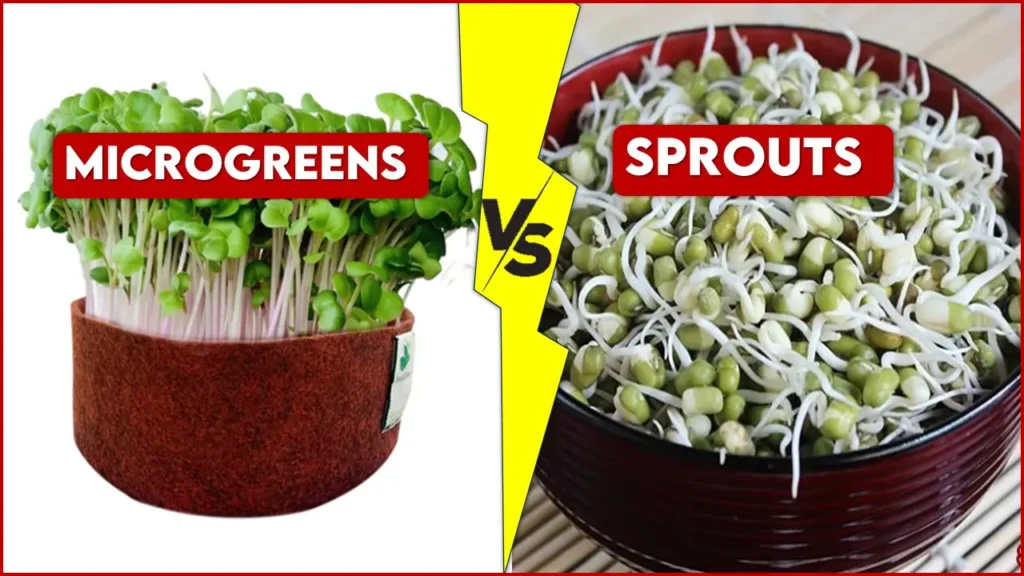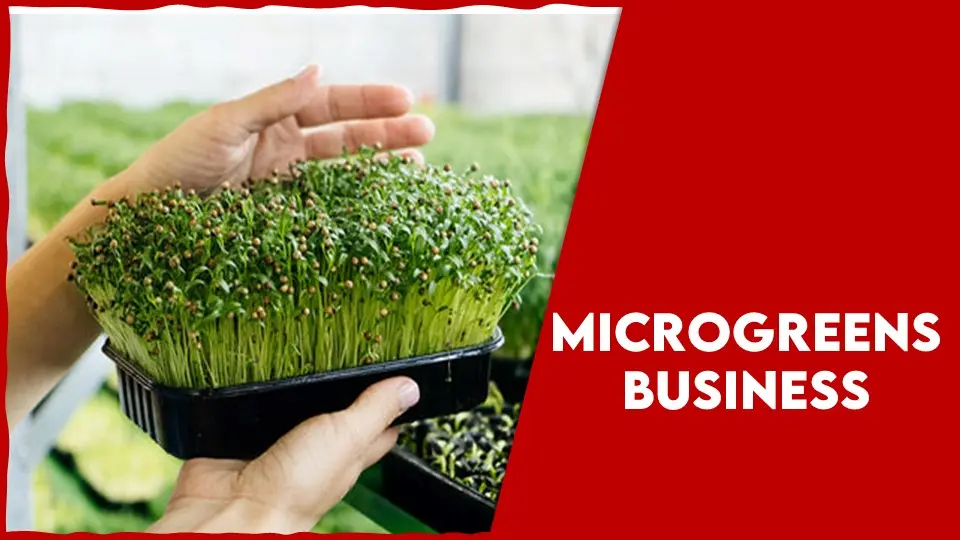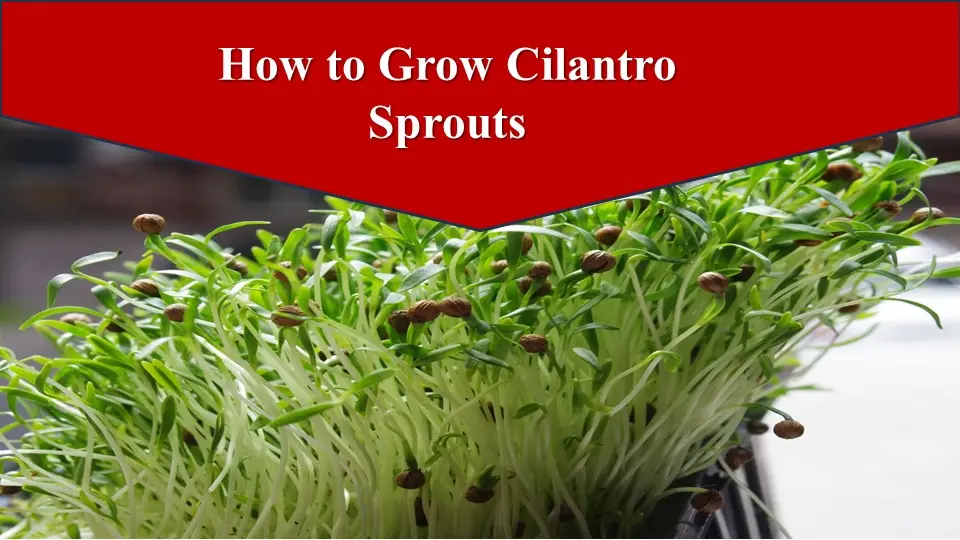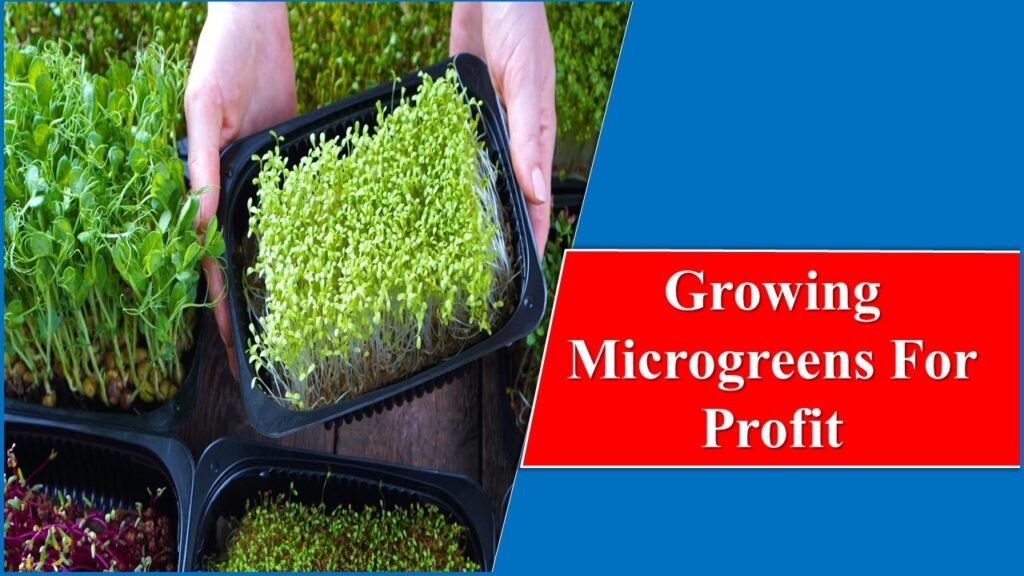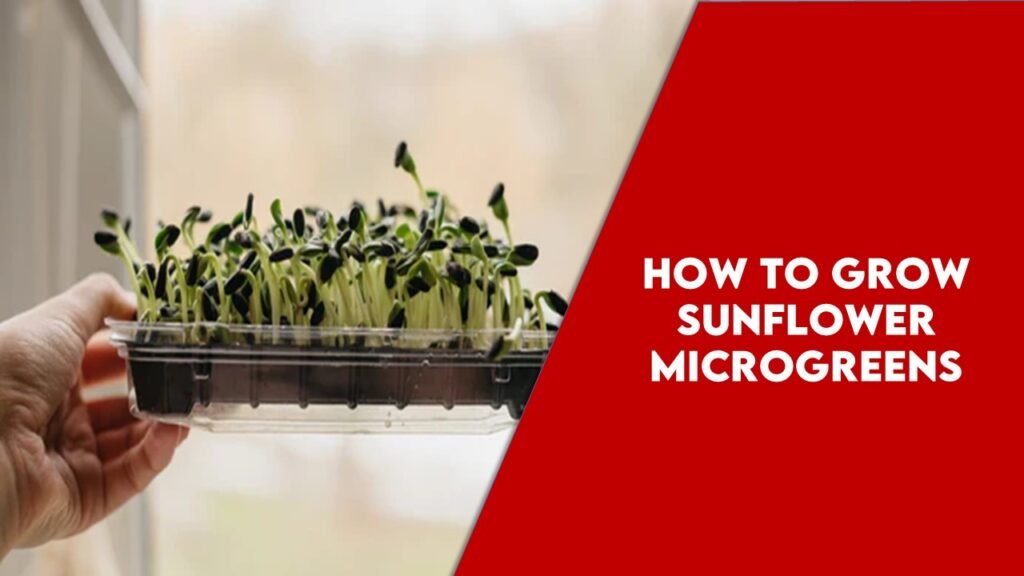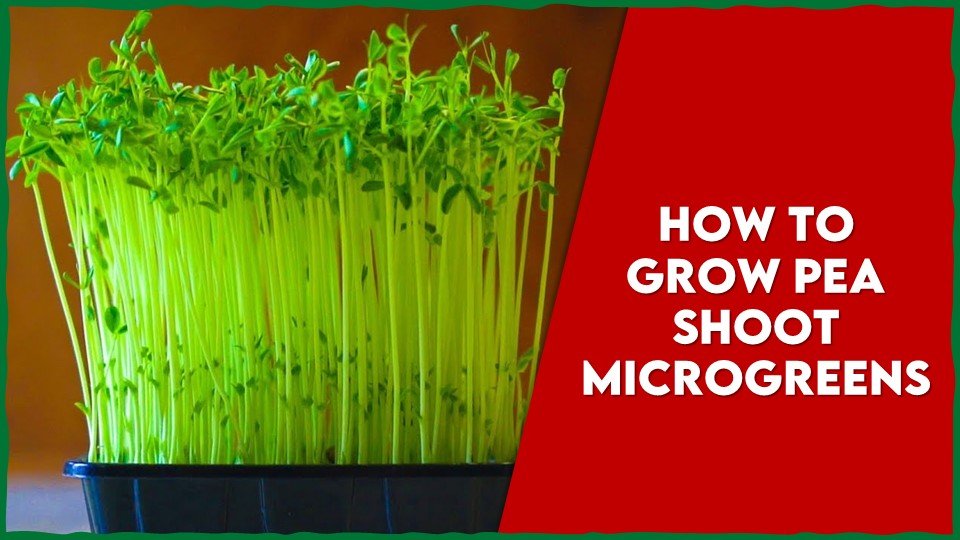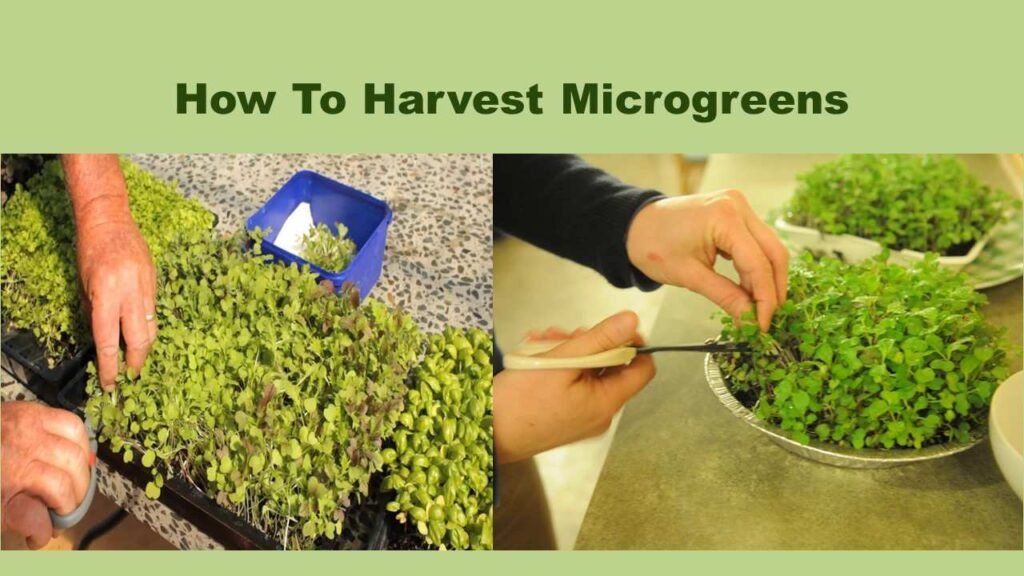Disadvantages Of Microgreens ? 3 things you must know
Did you ever know that there might be disadvantages of microgreens which are treated healthy? Microgreens have gained prominence recently in the food industry, health networks, and, somewhat unexpectedly, commercial agribusiness. These modest, nutritionally dense greens, harvested at an early stage of growth, have remarkable flavors and several health benefits. The less-discussed viewpoint of the challenges related to the production and application of microgreens must be brought to light, nevertheless, amid the excitement around their growth and use.
Undoubtedly, there exists a broad range of benefits that are offered by microgreens, but it is also important to know the drawbacks of the same. This doesn’t mean microgreens are a bad option. Every product in any industry would have its challenges and these can be tackled with appropriate mitigation strategies which will thereby evolve. People do encourage the ultimate benefits offered by microgreens, we also should shed light on the least preferred concepts which are less talked and this article is more about this.
By the end of this article, you will have a proper perspective of the disadvantages of microgreens concerning their production, consumption, and marketing respectively.

Disadvantages Of Microgreens Considering The Growth Process
High Water Requirement
During their growing phase, microgreens require a lot of water. For healthy growth, optimum moisture levels have to be maintained. There might be a potential reduction in the quality and yield when this aspect is neglected.
Risk of Contamination
Microgreens are vulnerable to contamination by pathogens like Salmonella and E. coli because of their short growth cycle and dense planting. The eating of microgreens is linked to a higher risk of foodborne infections in the absence of appropriate sanitation and hygiene standards.
Labor intensive
Growing microgreens can need a lot of work, especially when it comes to harvesting and packaging. Because of their fragile nature, these greens must be handled carefully to avoid harm and preserve quality, which could involve a large time and labor commitment.
Limited Shelf Life
Compared to adult greens, microgreens have a very limited shelf life. After harvesting, they need to be eaten right away or sold quickly to avoid wilting and nutrient deterioration. Growers and distributors may face logistical difficulties as a result of this short shelf life, particularly in retail environments.
Impact of growing media
Growing media such as peat moss or coconut coir, for the cultivation of microgreens, may have an impact on the environment. The extraction of peat increases carbon emissions and habitat loss, and the manufacture of coconut coir may involve unsustainable methods like deforestation.
Energy Consumption
Artificial lighting and climate control systems are needed for indoor microgreen cultivation, which is prevalent in urban areas and during bad weather The energy used by these facilities adds to greenhouse gas emissions. This may harm the environment and might contribute to the increase in greenhouse gas which will ultimately affect the ecosystem.
Limited Crop Diversity
Although microgreens are rich in nutrients and flavors, there aren’t as many different types of crops that can be grown as microgreens as there are for traditional crops. Reduced biodiversity and monoculture techniques may result from growers’ options and consumer preferences being limited by this lack of variation.
Input Cost
When compared to traditional crops, the cost of seeds, growing media, and other inputs for microgreen cultivation can be quite high. When going for production on a small scale, the profitability might be affected
Regulatory Difficulties
Because microgreens are frequently categorized as specialty crops, growers may be subject to extra regulatory regulations and inspection processes. The manufacturing of microgreens may incur additional expenses and administrative constraints due to labeling requirements and food safety standards compliance.
Disadvantages Of Microgreens Considering The Consumption
Risk of Contamination
Since microgreens are frequently eaten raw, eating them contaminated with dangerous bacteria like Salmonella or E. coli which contributes to the contamination, and the people who have consumed it might get affected with a foodborne illness. A consumer’s health could be in danger if improper handling, storage, or irrigation techniques are used during production. This holds for people who have weak immune systems.
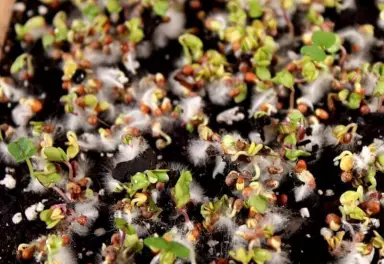
Limited Research on Safety
Although microgreens are usually regarded as safe to consume, little is known about their long-term safety or potential health hazards. Since these microgreens are on trend in the culinary industry owing to their nutritional benefits, there is no proper research carried out to date.
Possible Allergenic Reactions
Certain microgreen varieties may cause allergic reactions in some people. When eating microgreens, allergies to plants in the same botanical family as these greens, like broccoli or mustard, may appear. Individuals who are aware of any allergies or sensitivities should use caution when experimenting with new microgreen kinds.
High Oxalate Content
Oxalates are naturally occurring substances that can cause kidney stones in those who are vulnerable. Examples of microgreens high in oxalates are spinach and beet greens. Large-scale consumption of oxalate-rich microgreens may raise the risk of kidney stones, especially in individuals with a medical history of renal disease.
Digestive Discomfort
After eating some kinds of microgreens, some people may feel digestive discomfort, such as bloating or gas. This is explained by their high fiber content, which some people may find difficult to digest, especially if they take them in excessive amounts or if they already have digestive problems.
Cost considerations
Because microgreens are often more expensive per weight than mature greens, some consumers—especially those with limited resources—may not be able to afford them. Although microgreens are more expensive than conventional salad greens, some people might be discouraged from routinely consuming them even though they provide concentrated nutrition and flavor.
Disadvantages Of Microgreens Considering The Demand– microgreens side effects
Limited Market Demand
Compared to more commonplace vegetables and greens, microgreens may still have a smaller market than they deserve, despite increased interest in them. This will pose difficulty to the growers especially to identify the target customers. If the customer base has not been achieved, this might also have an impact on sales as a lot of produce would go to waste. Hence, when going for commercial cultivation, proper research has to be done.
Price Sensitivity
Because microgreens have a shorter growing season and a more rigorous cultivation method than standard vegetables, they are typically more expensive than mature greens. Because of this, consumers who are concerned about cost could be hesitant to buy microgreens regularly and would choose less expensive options.
Educational Barrier
Even with microgreens’ increasing appeal, a lot of customers might not know what they are or how to include them in their diet. Informing customers about the health advantages, culinary applications, and preservation techniques of microgreens can help in creating awareness for which many marketing strategies are needed and efforts have to be put.
Perception of Novelty
Rather than being a basic food item, microgreens may be perceived by some customers as a novelty or gourmet ingredient. The general demand for microgreens in the mainstream market may be decreased as a result of this view, which may restrict their daily consumption and relegate them to special events or luxury dining experiences.
Logistical challenges
Microgreens are sensitive and have a short shelf life, therefore handling and refrigeration are necessary to keep them fresh and high-quality. In the areas where infrastructure has not been developed up to the mark, it might get difficult for the produce to reach the markets by which the supply and demand also get affected.
Competition from Alternatives
Other fresh produce products that offer comparable health advantages and culinary uses, like baby greens, sprouts, and herbs, compete with microgreens. This product should have its place in the market and this will differentiate it from other products of similar category out there.
Conclusion
Even though microgreens have a lot going for them—like high nutritional content, bold flavors, and visual appeal—it’s important to recognize the drawbacks of growing, eating, and consuming them. These disadvantages should be noticed and the relevant measures to tackle them have to be implemented especially when going for cultivation on a commercial scale. Microgreens are difficult to grow because of their high water needs, sensitivity to contamination, labor intensity, and restricted crop diversity.
When I mention high water needs, it is more about the optimum moisture which has to be maintained throughout the growth cycle for which proper attention has to be given and there is a need to appoint a special caretaker to look after these greens. These elements may have an impact on the production of microgreens’ economic feasibility, environmental sustainability, and regulatory compliance, thus farmers and stakeholders must give them serious thought. There is also an effect on the health if these microgreens are consumed more than the desired levels and this minimal quantity of intake differs from person to person.
There is no proper research in this context and this purely depends on the individual’s choice. When we come across the term ‘ disadvantages of microgreens’, most of us think of the disadvantages of consuming them. It is not always about the end product, all the processes it has to undergo to bring it to the final stage would also encounter challenges and all these contribute to the cons of it. Many measures can be taken to overcome the challenges at every stage. When proper attention is given to every detail, the fruits of all the hard work you put can be reaped.
🌱 Microgreens Problem Explorer
Latest Post
- Disadvantages Of Microgreens ? 3 things you must know
- Get The Ideas On Where To Sell Microgreens: The 6 Best Ways
- How to grow Microgreens without Soil: Easy tips for Gardener
- top 10 Most Profitable Microgreens In The Us
- Do Microgreens Regrow? – Best Ways To Regrow Them
- Who Invented Microgreens ?- Revealing All The Hidden Truths
- 5 Easy Microgreens For Beginners
- What Causes Microgreen Mold – A Big Threat To Microgreens
- How To Grow Barley Grass – A Seedling To Amazing Superfood
- Microgreens vs Sprouts – Are They Same? – Let’s uncover the Facts
- Do I Need A License To Sell Microgreens – Things To Be Noted
- Microgreens Business – A New Boost To Entrepreneurial Revolution
- Where To Buy Wheatgrass – What Would Be The Best
- How to Grow Cilantro Sprouts – The Best Facts One Needs To Know
- How To Sell Microgreens – Best Tips To Follow
- Growing Microgreens For Profit – The Profit Potential
- How to grow Sunflower Microgreens – A New Twist Of Nutrition
- How to Grow Pea Shoot Microgreens – an easy guide
- What are the Clover Sprouts Benefits? Is it healthy or not?
- Worried About How To Eat Microgreens? – Here 6 Best Ways
- How To Harvest Microgreens – The Best Guide That Guides You!
